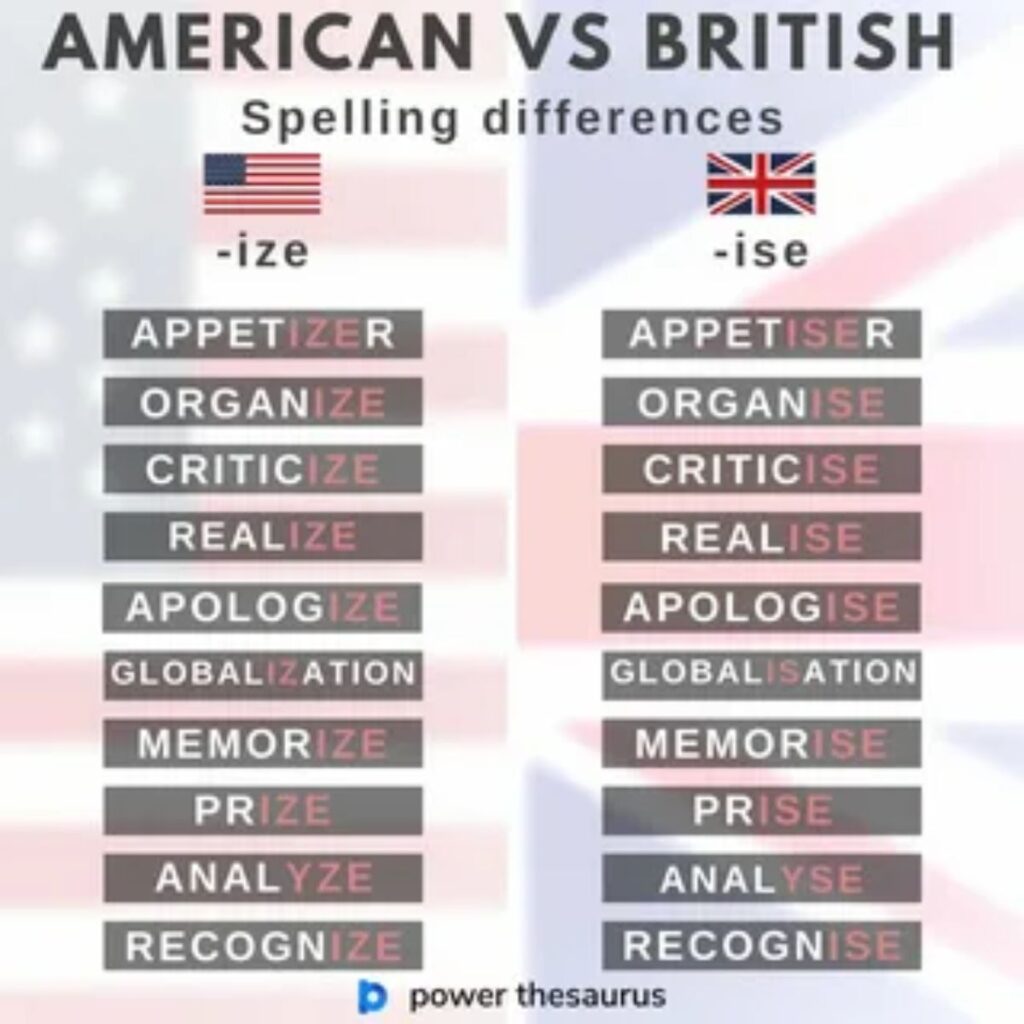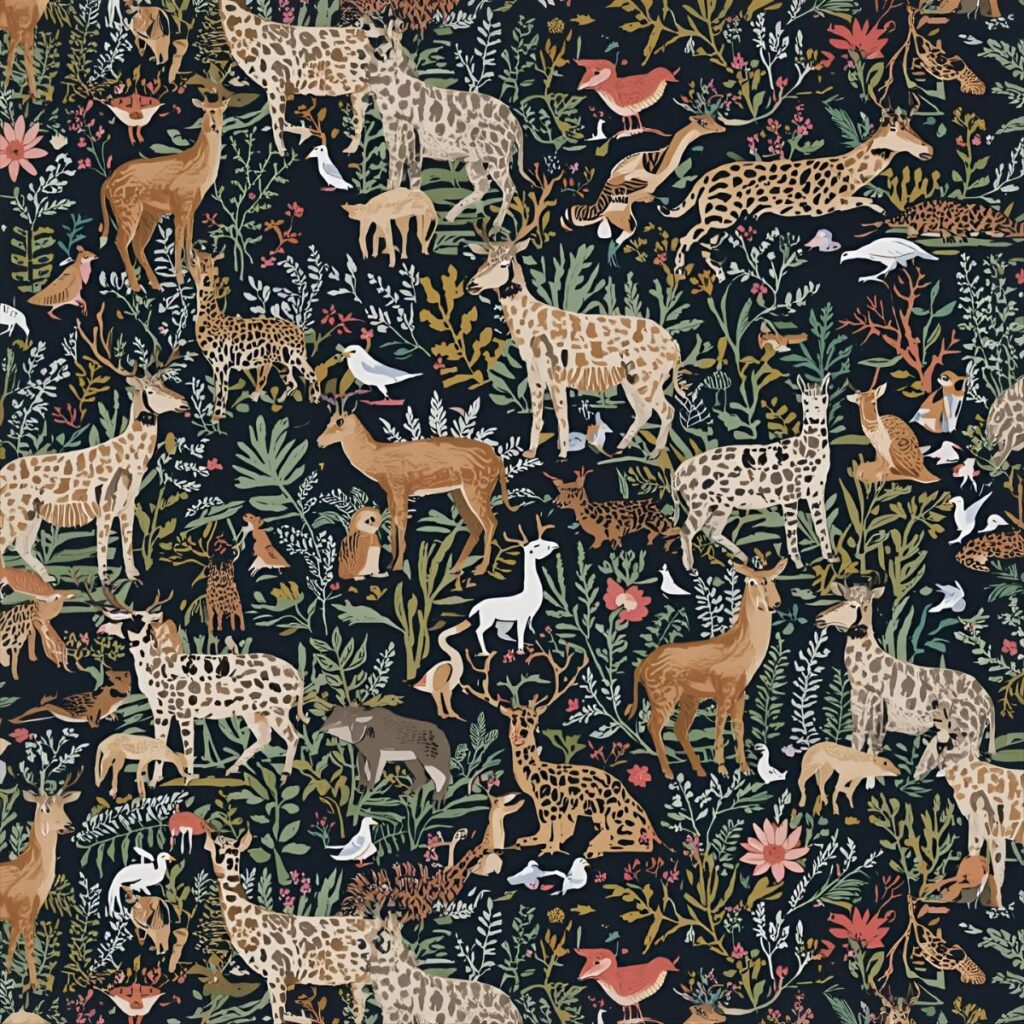Have you ever looked for wildlife fabric to make eco-friendly clothing, sew décor, or plan a craft project? Because they are looking for fabric designs that depict animals, nature, and outdoor life, many people search for this keyword. But some people are perplexed: does wildlife fabric refer to textiles printed with nature patterns or textiles derived from animals?
That misunderstanding is resolved in this article. You’ll discover the true meaning of animal fabric, its origins, its various applications throughout nations, and the shape that works best for your project. Additionally, we’ll examine typical errors, usage scenarios, and worldwide search patterns. Whether you’re a designer, maker, or owner of an internet store, you’ll know exactly how to handle animal cloth correctly and confidently by the end.
Wildlife Fabric – Quick Answer
Wildlife fabric refers to fabric printed with animal or nature-themed designs, not material made from wildlife.
👉 Examples:
- Cotton fabric printed with lions, elephants, or birds.
- Quilting fabric showing forests or safari scenes.
- Home décor fabric with deer, bears, or trees.
In short, wildlife fabric is about design, not animal origin.
The Origin of “Wildlife Fabric”
The term wildlife fabric began in the 1980s, when textile designers started using animal prints and nature motifs in clothing and décor. Over time, these prints became popular in quilting, upholstery, and handmade crafts.
The phrase combines “wildlife,” meaning animals living in nature, and “fabric,” meaning woven or knitted material. While older terms like “animal print fabric” existed, “wildlife fabric” became popular because it includes both animals and natural scenery.
British English vs American English Spelling

There is no spelling difference between British and American English for wildlife fabric. However, related words may differ slightly.
| Term | British English | American English | Example |
|---|---|---|---|
| Colour | Colour | Color | “Wildlife fabric with bright color patterns.” |
| Fibre | Fibre | Fiber | “Eco-friendly wildlife fiber blends.” |
| Centre | Centre | Center | “Wildlife design in the fabric center.” |
So, while “wildlife fabric” stays the same, other textile-related terms can vary between regions.
Which Spelling Should You Use?
If you are writing for an international audience, keep wildlife fabric as it is. For secondary terms:
- Use American spelling (color, fiber) for US-based websites or eCommerce stores.
- Use British spelling (colour, fibre) for UK or Commonwealth readers.
- For global brands, choose one version and stay consistent throughout your content.
Consistency helps search engines and readers trust your professionalism.
Common Mistakes with “Wildlife Fabric”
- Thinking it’s made from animals – It’s not. It’s fabric with wildlife prints.
- Writing “wild life fabric” (two words) – Wrong. Always write wildlife as one word.
- Using low-quality images in online stores – Customers want clear animal designs.
- Ignoring fabric type – Mention if it’s cotton, polyester, or eco-fiber for clarity.

Wildlife Fabric in Everyday Examples
- Online Stores: “Shop our collection of African wildlife fabric for quilts and crafts.”
- Emails: “We’ve restocked our popular wildlife fabric line featuring elephants and giraffes.”
- Social Media: “Just finished a wildlife fabric tote bag 🐘🦒!”
- News: “Designers embrace wildlife fabrics to promote eco-awareness in fashion.”
These examples show that wildlife fabric is common in both personal and professional communication.
Wildlife Fabric – Google Trends & Usage Data
Search data shows that wildlife fabric is most popular in the United States, Canada, and the UK, especially among crafters and Etsy sellers.
Interest often spikes before holidays or seasonal craft fairs. Keywords related to it include:
- “wildlife fabric by the yard”
- “animal print quilting fabric”
- “forest animal fabric cotton”
| Country | Search Interest | Popular Use |
|---|---|---|
| USA | Very High | Quilting & Home Décor |
| UK | High | Sewing & Upholstery |
| Canada | Medium | DIY Crafts |
| Australia | Medium | Fashion & Bags |
FAQs
1. What is wildlife fabric used for?
It’s used for quilts, clothing, bags, curtains, and craft projects with animal or nature themes.
2. Is wildlife fabric made from animals?
No. It’s fabric printed with wildlife images, usually made from cotton or polyester.
3. Where can I buy wildlife fabric?
You can find it on Amazon, Etsy, Joann, or local craft stores.
4. Can I wash wildlife fabric?
Yes. Most cotton wildlife fabrics are machine washable, but always check the label.
5. What patterns are popular?
Safari animals, forests, birds, and marine life designs are top trends.
6. Is wildlife fabric eco-friendly?
Many modern versions use recycled fibers or organic cotton, which makes them sustainable.
7. Is “wildlife fabric” the same as “animal print fabric”?
Not exactly. Animal print fabric imitates animal skins (like leopard or zebra), while wildlife fabric shows animal images or scenes.
Conclusion
Beautiful fabrics printed with animals and nature are referred to as wildlife fabric; these are not materials derived from wildlife. It has grown in popularity over time among designers, craftspeople, and environmentally aware producers. Wildlife fabric is universal, although spelling and associated textile words being different between British and American English.
When writing or marketing about it, make sure to accurately describe it and phrase it as a single term rather than “wild life.” Wildlife fabric incorporates the beauty of nature into your creations, whether you’re making pillows, clothing, or home décor.
